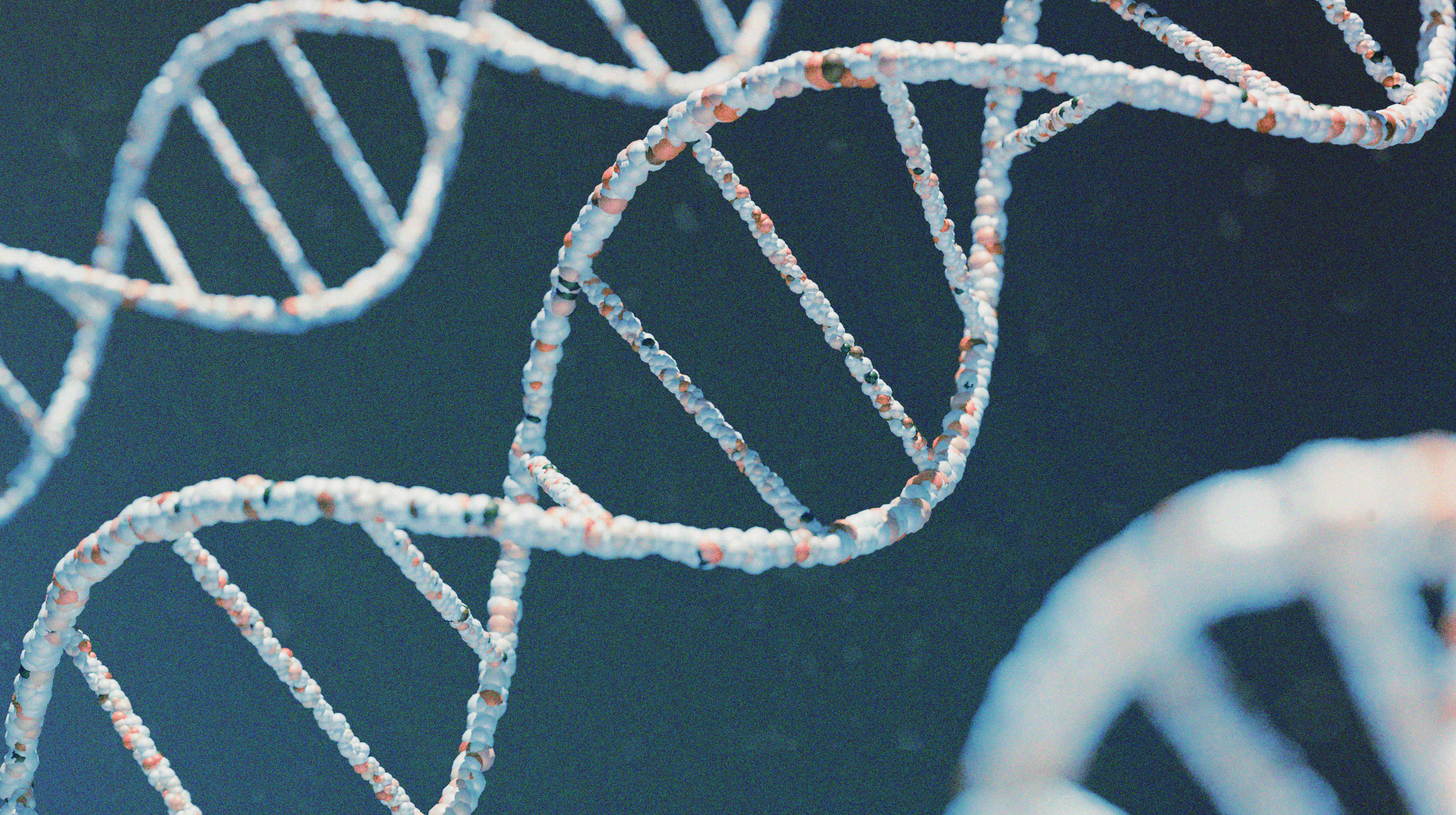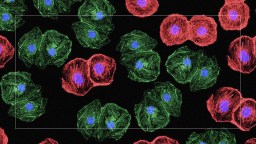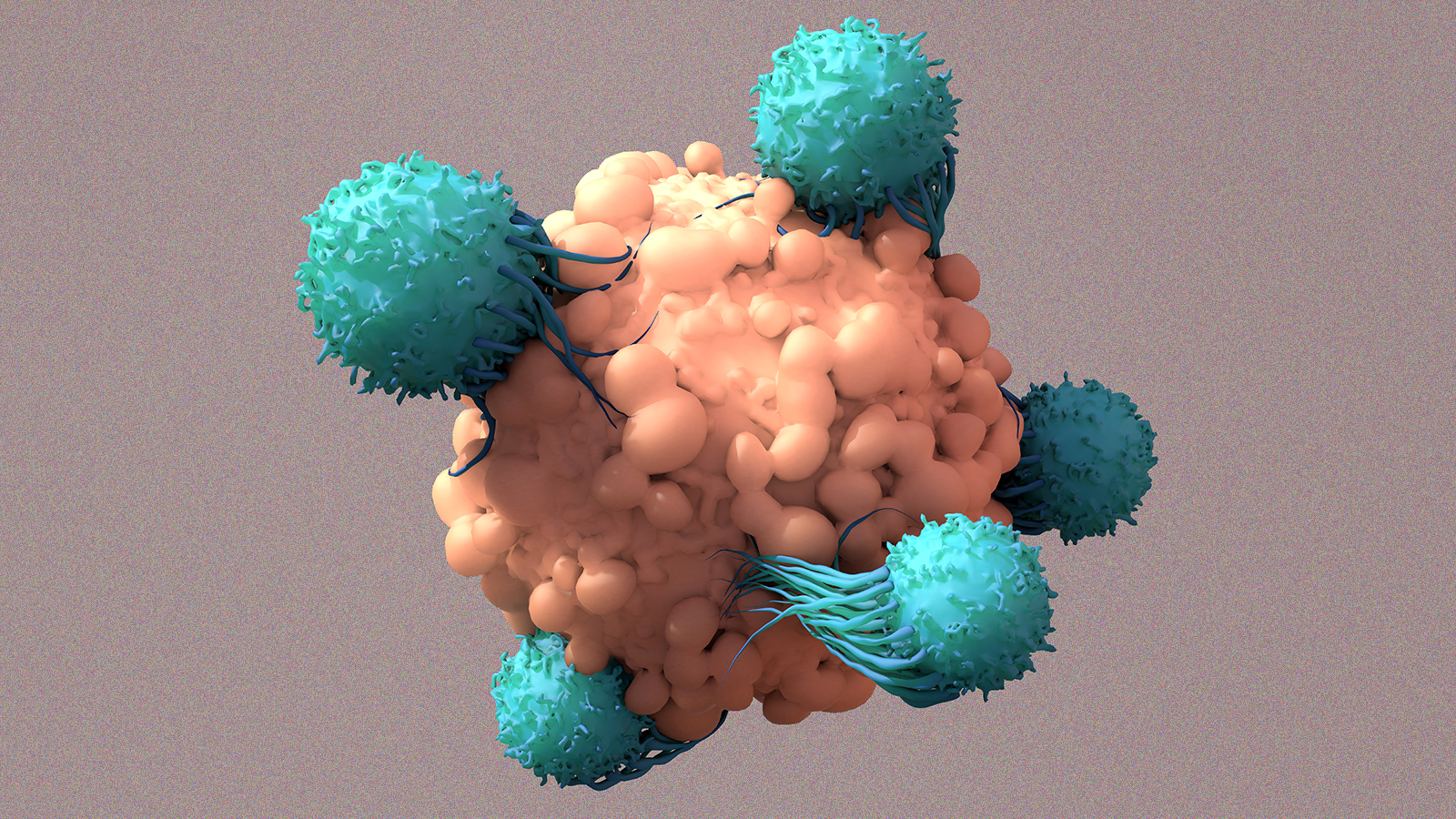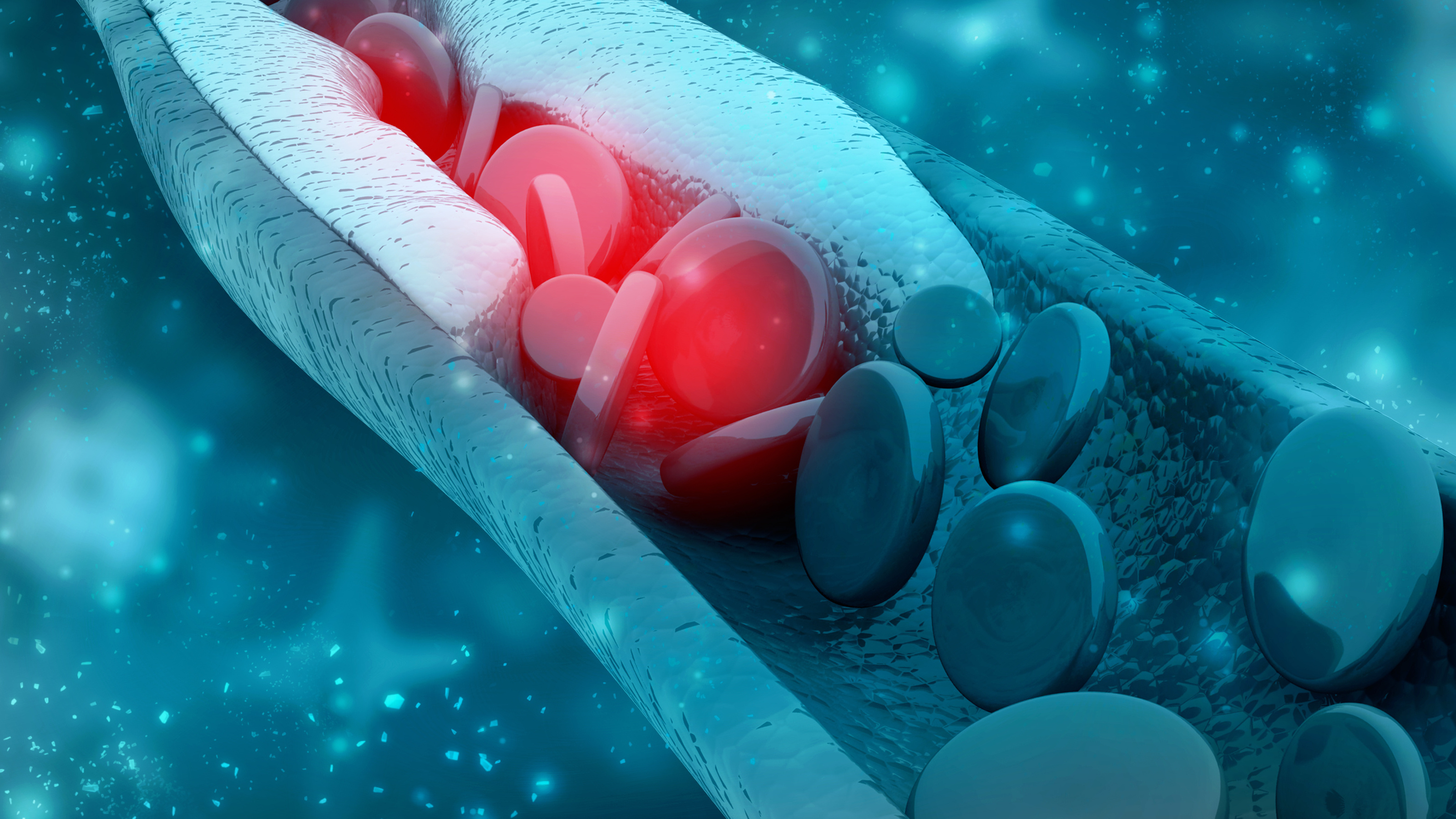New CRISPR tech makes it possible to wipe out invasive mice
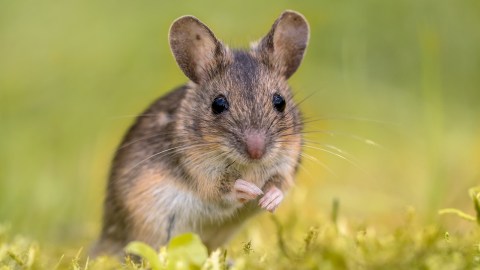
- Animals usually have two copies of every gene, one inherited from each parent. During reproduction, only one copy is passed down to the next generation, with each copy having a 50% chance of being the chosen one.
- But something called a gene drive can cheat the system by increasing the chances that a particular copy will be inherited.
- Using CRISPR, scientists have engineered a natural gene drive in mice to spread faulty copies of a female fertility gene to offspring, rendering them infertile.
Australian researchers have developed a gene drive that renders female mice infertile, while allowing male mice to pass the mutation on to nearly all of their offspring. Within a few generations, this system could cause an isolated population of mice to collapse.
While it has yet to be tested in the world, researchers envision it as a way to eliminate invasive pests from islands where they have devastated local ecosystems.
Gene drives: Animals usually have two copies of every gene, one inherited from each parent. During reproduction, only one copy is passed down to the next generation, with each copy having a 50% chance of being the chosen one.
But something called a gene drive can cheat the system by increasing the chances that a particular copy will be inherited. The phenomenon can be found in nature, and using gene-editing technologies, such as CRISPR, we can now create gene drives in the lab.
T-CRISPR piggybacks on a natural gene drive to render female mice infertile.
Of mice and mosquitoes: Most gene drive research has focused on stopping mosquitoes from spreading malaria — researchers have created gene drives that pass down genes that render the insects’ offspring infertile or make it harder for their species to transmit the malaria parasite.
But while mosquitoes might be the world’s deadliest pest, they aren’t the only one.
Mice can transmit pathogens, damage property, and destroy crops, and invasive populations have been known to threaten the biodiversity of islands across the globe — but getting a gene drive to work efficiently in mammals has proven to be a challenge.
What’s new? After five years of research, University of Adelaide scientists have now developed t-CRISPR, a technology that builds on a gene drive found in nature to render mice infertile.
The natural gene drive is known as the “t haplotype,” and carrier mice pass it down to about 95% of their offspring. T-CRISPR piggybacks on the gene drive to spread faulty copies of a female fertility gene to offspring, rendering them infertile.
“This is the first time that a new genetic tool has been identified to suppress invasive mouse populations by inducing female infertility.”
PAUL THOMAS
The researchers used t-CRISPR to create proof-of-concept mice in their lab, and, based on computer modeling, they believe adding just 256 of the altered animals to an island with a population of 200,000 mice would wipe out the pests in about 25 years.
“This is the first time that a new genetic tool has been identified to suppress invasive mouse populations by inducing female infertility,” said lead researcher Paul Thomas.
The big picture: Using a gene drive to control invasive mice could be more effective, more humane, and better for the local environment than trying to kill the animals with traps and poison.
However, a major concern with gene drives, whether for mice or mosquitoes, is that we can’t know for sure what impact the altered animals will have on the ecosystem until we release them. But once we release them, preventing a gene drive from spreading is very difficult (although there are some clever ideas about how to turn gene drives off, or program them to delete themselves after a limited run).
Targeting islands would help contain any possible unintended consequences to one location, but more research is needed before t-CRISPR can move out of the lab and into the wild.
This article was originally published by our sister site, Freethink.
